Hydrogen
Hydrogen is integrated in all new build vessels to reduce our clients’ CO₂ emissions. Along with CMB.TECH, we have been developing hydrogen solutions to implement in our vessels.
CMB.TECH’s hydrogen dual fuel technology leads the way in sustainable transport. This technology uses internal combustion engines (ICE) which burn hydrogen and ammonia and emit no CO₂. Internal combustion engines are a cost-efficient and robust solution.
By combining hydrogen with conventional fuels, CMB.TECH achieves reduced emissions and enhanced performance.
- Green energy source – hydrogen is a green and renewable energy source, significantly lowering carbon emissions.
- Improved efficiency – the dual fuel technology optimizes fuel combustion, resulting in enhanced vehicle efficiency and reduced fuel consumption.
- Cost-efficient – CMB.TECH’s solution helps reduce operating costs and contributes to a greener future.
The dual fuel technology is integrated in the Hydrocat 48 & 55, the first hydrogen-powered CTVs, introducing clean fuel technology on the already very fuel efficient and high performing Windcat MK 3.5 design.
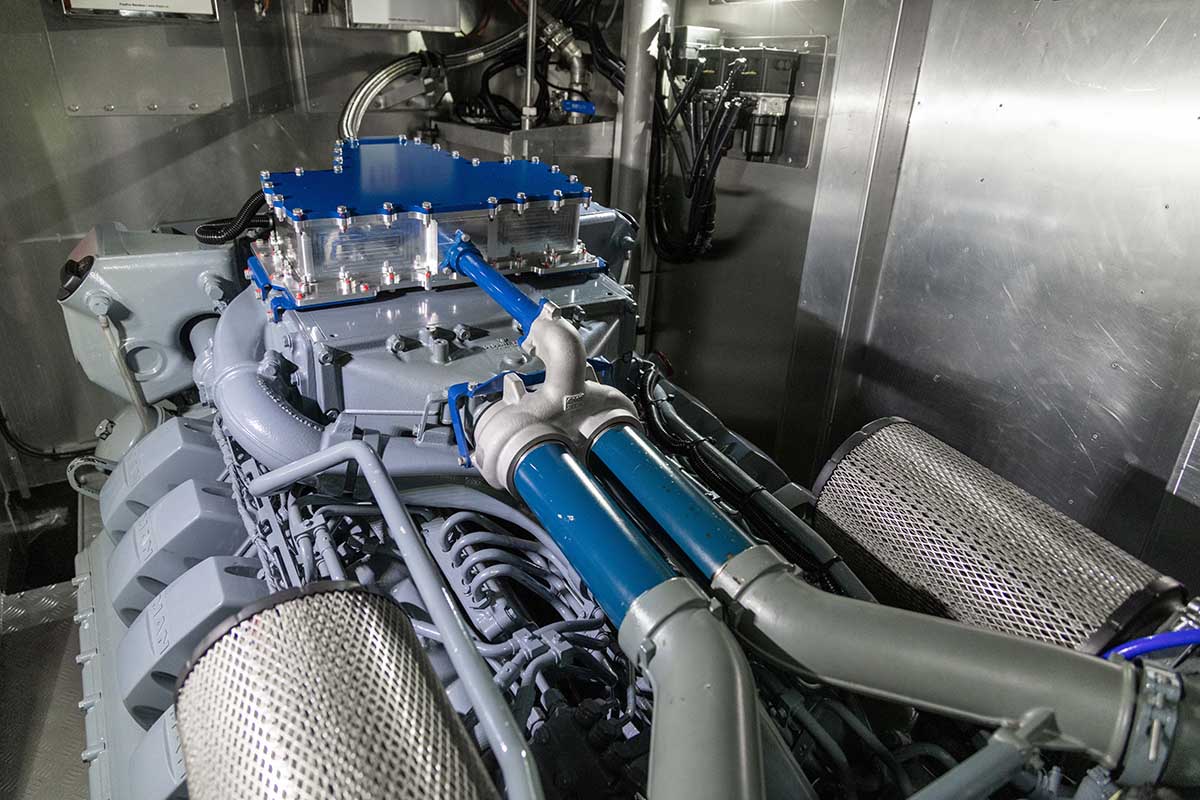

Hydrogen
Hydrogen is integrated in all new build vessels to reduce our clients’ CO₂ emissions. Along with CMB.TECH, we have been developing hydrogen solutions to implement in our vessels.
CMB.TECH’s hydrogen dual fuel technology leads the way in sustainable transport. This technology uses internal combustion engines (ICE) which burn hydrogen and ammonia and emit no CO₂. Internal combustion engines are a cost-efficient and robust solution.
By combining hydrogen with conventional fuels, CMB.TECH achieves reduced emissions and enhanced performance.
- Green energy source – hydrogen is a green and renewable energy source, significantly lowering carbon emissions.
- Improved efficiency – the dual fuel technology optimizes fuel combustion, resulting in enhanced vehicle efficiency and reduced fuel consumption.
- Cost-efficient – CMB.TECH’s solution helps reduce operating costs and contributes to a greener future.
The dual fuel technology is integrated in the Hydrocat 48, the first hydrogen-powered CTV, introducing clean fuel technology on the already very fuel efficient and high performing Windcat MK 3.5 design.
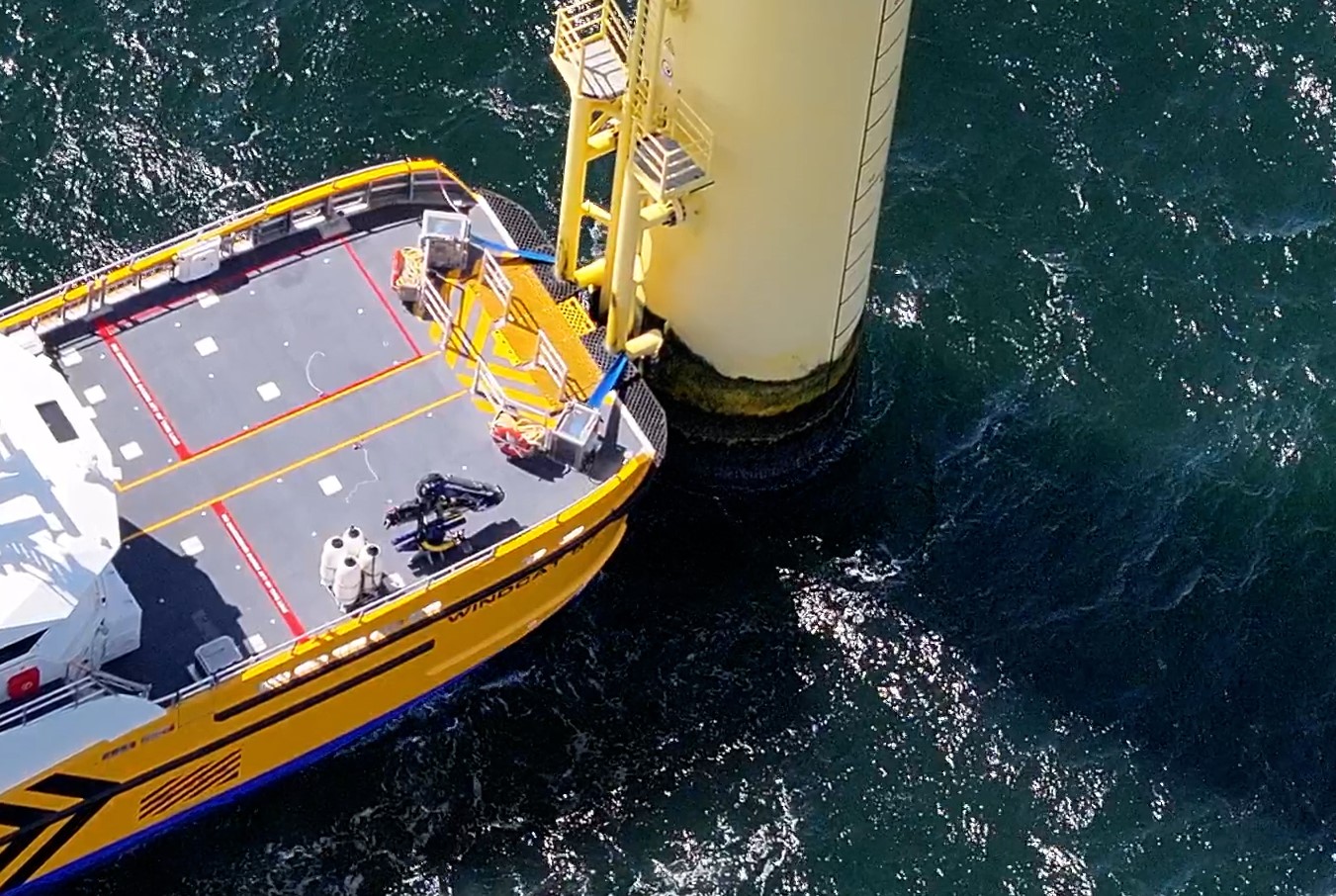
Windgrip® system
Windcats’ Windgrip® system is designed for enhanced crew transfer vessel performance. This rugged and efficient self-tensioning system boosts vessel capabilities in rough seas and reduces fuel consumption during offshore operations. With Type Approval and integrated safety measures, Windgrip® ensures a secure and fail-safe experience.
Our entire fleet is equipped with Windgrip®. The system has proven to provide:
- Increased safety – the additional grip reduces any movement and takes away the risk of the vessel dropping away without warning. This means that Windcats’ CTV fleet exhibits greater stability when positioned alongside the wind turbines, enhancing crew safety.
- Fuel efficiency – when gripped on in moderate conditions the propulsion can be reduced resulting in significant reductions in fuel consumption.
The operation of the system is user-friendly: the vessel’s master can control the system from the vessel’s wheelhouse, featuring emergency stop buttons for added safety.
When using an ROV, the vessel stays securely attached to the boat landing, minimizing movement for safer craning and equipment deployment.
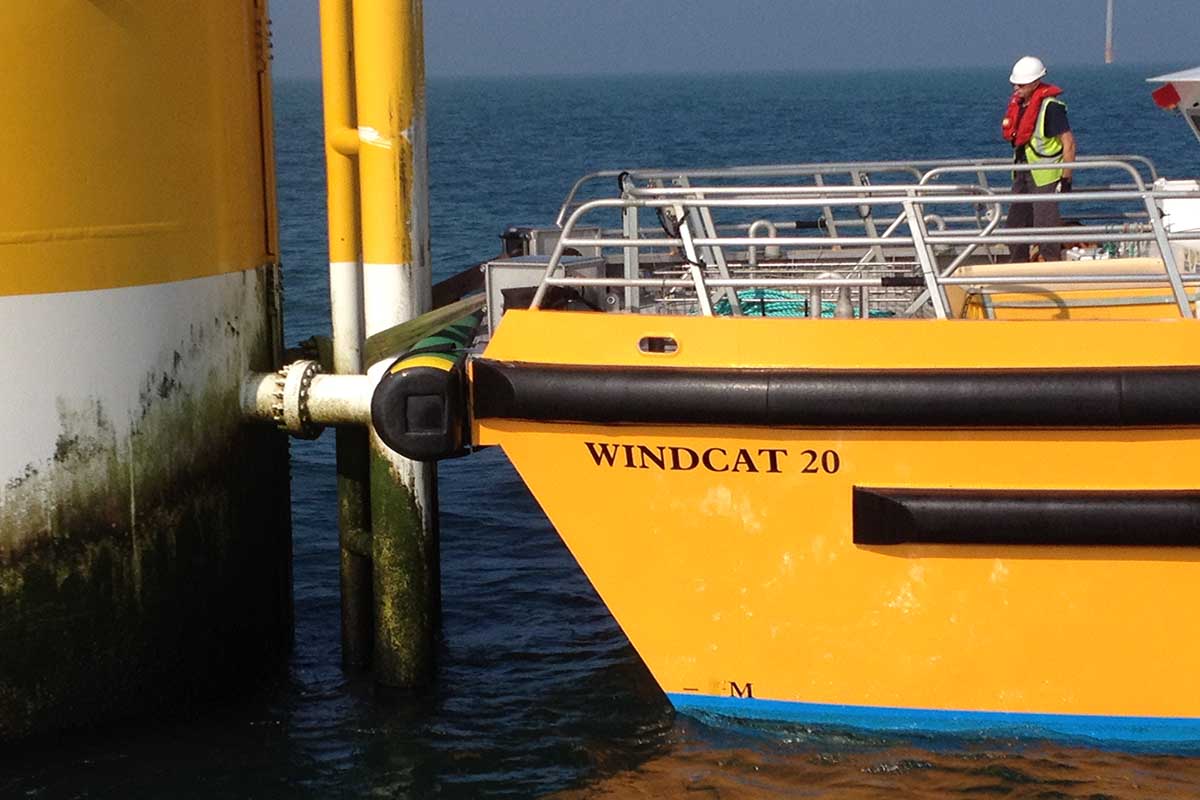
Windgrip® system
Windcats’ Windgrip® system is designed for enhanced crew transfer vessel performance. This rugged and efficient self-tensioning system boosts vessel capabilities in rough seas and reduces fuel consumption during offshore operations. With Type Approval and integrated safety measures, Windgrip® ensures a secure and fail-safe experience.
Our entire fleet is equipped with Windgrip®. The system has proven to provide:
- Increased safety – the additional grip reduces any movement and takes away the risk of the vessel dropping away without warning. This means that Windcats’ CTV fleet exhibits greater stability when positioned alongside the wind turbines, enhancing crew safety.
- Greater access – by adding grip above the vessel’s propulsion, access in higher sea states can be achieved.
- Fuel efficiency – when gripped on in moderate conditions the propulsion can be reduced resulting in significant reductions in fuel consumption.
The operation of the system is user-friendly: the vessel’s master can control the system from the vessel’s wheelhouse, featuring emergency stop buttons for added safety.
When using an ROV, the vessel stays securely attached to the boat landing, minimizing movement for safer craning and equipment deployment.
CarbonCube
The CarbonCube is a lightweight carbon composite superstructure engineered for substantial weight reduction. This innovative carbon composite passenger accommodation is thoughtfully designed with integrated vibration dampers, effectively reducing noise levels by over 10 decibels (dBa). Ultimately, this enhancement ensures increased comfort for both passengers and crew.
For utmost safety assurance, the C3 technology has undergone rigorous testing and proudly holds the MED certification, meeting the stringent requirements of the IMO Fire Test Procedures code for fire-resistant materials used on HSC coded vessels. Experience the future of maritime technology with Windcat’s CarbonCube!
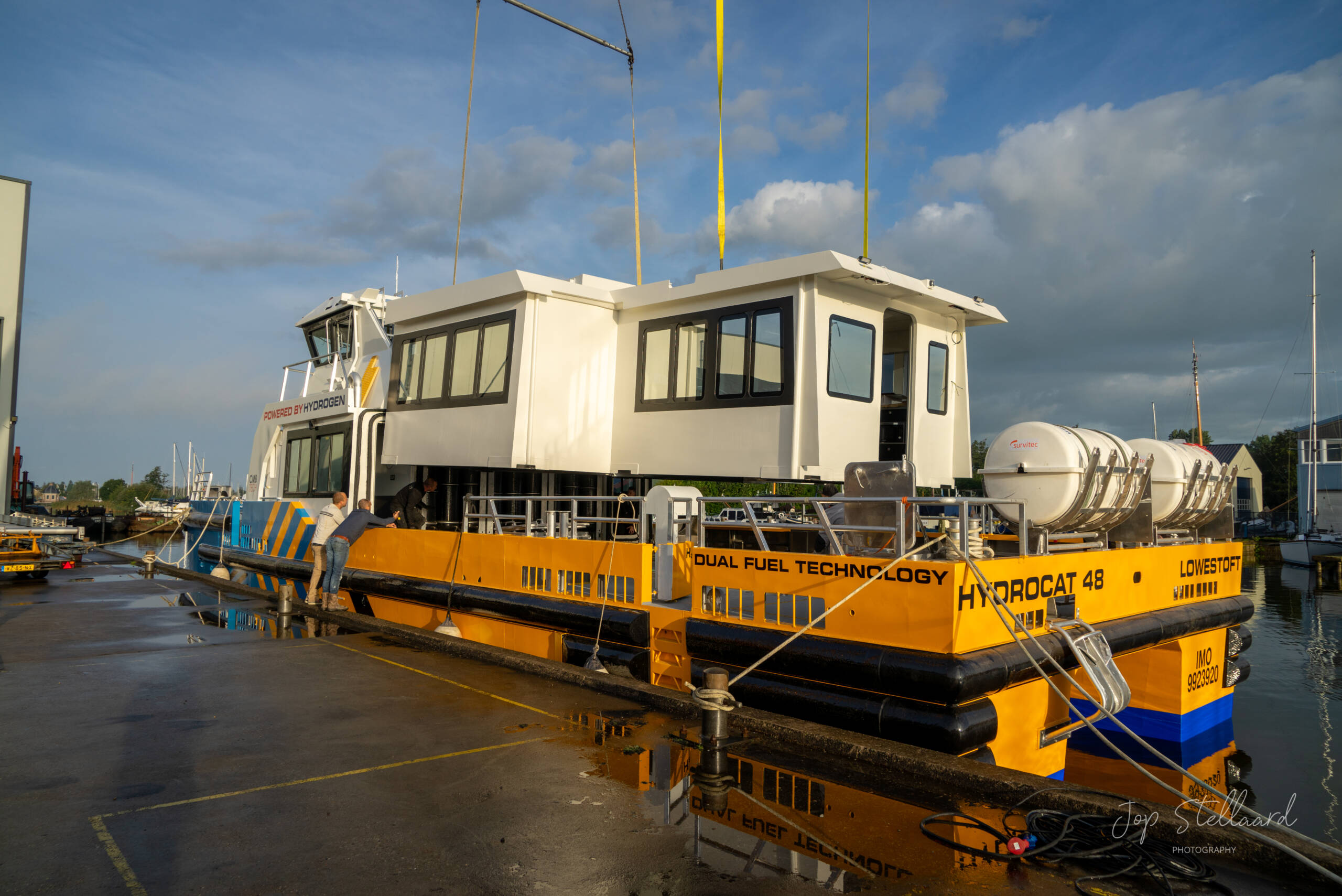
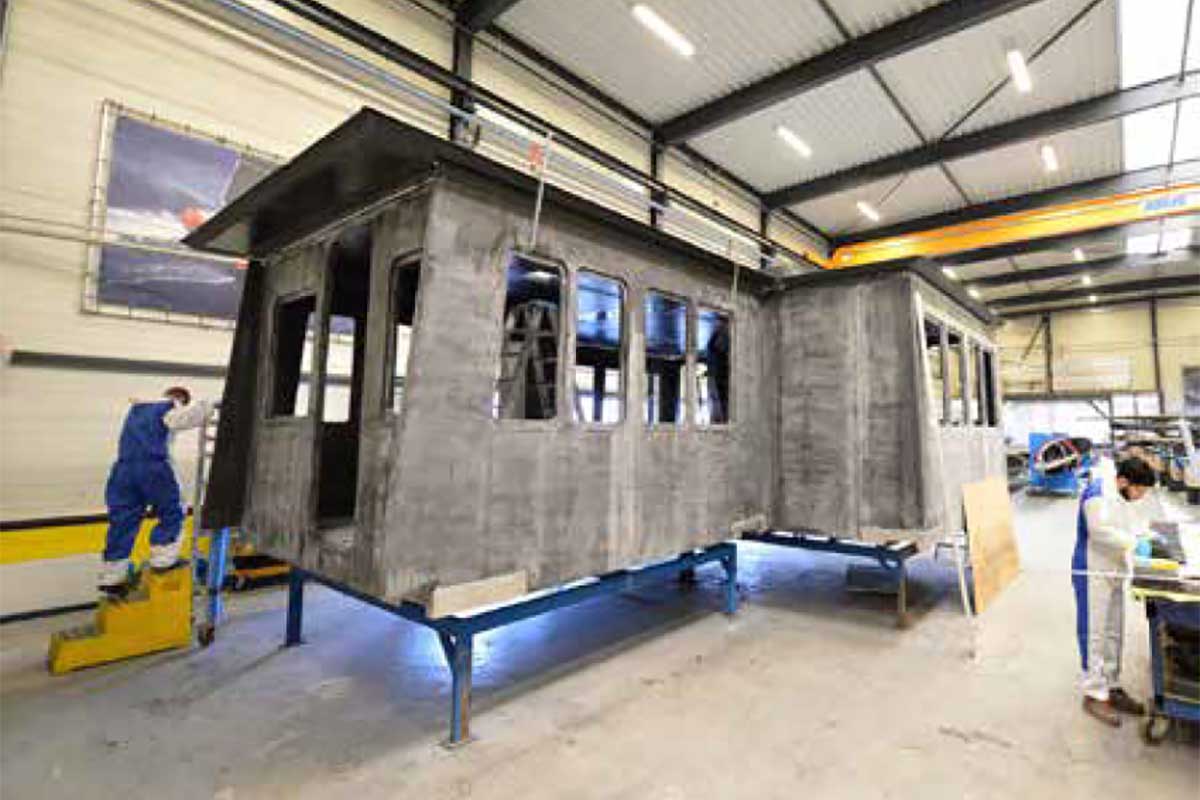
CarbonCube
The CarbonCube is a lightweight carbon composite superstructure engineered for substantial weight reduction. This innovative carbon composite passenger accommodation is thoughtfully designed with integrated vibration dampers, effectively reducing noise levels by over 10 decibels (dBa). Ultimately, this enhancement ensures increased comfort for both passengers and crew.
For utmost safety assurance, the C3 technology has undergone rigorous testing and proudly holds the MED certification, meeting the stringent requirements of the IMO Fire Test Procedures code for fire-resistant materials used on HSC coded vessels. Experience the future of maritime technology with Windcat’s CarbonCube!


